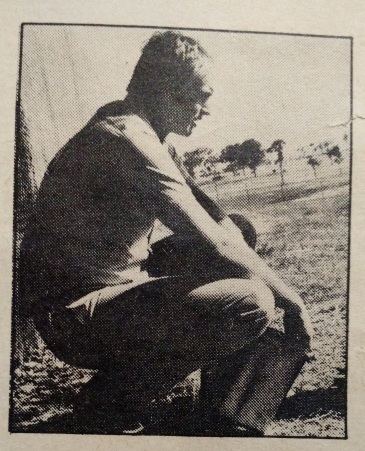“There is an uneasiness in the human attitude toward zoos,” George Leposky wrote, “an uneasiness that can be seen in the constant debate whether they are educational and useful or cruel and an outrage. This debate has been around as long as zoos have, which is thousands of years.”
I saved the article after all these years because it featured me, as a 22-year-old student at the University of South Florida who was studying Zoology, working at Busch Gardens, and preparing for a career in zoo management. I also saved it because the subtitle of the article proclaimed that “most zoos are one part of a system that may be headed for extinction”. An investigator from the Humane Society of the United States was crisscrossing the country calling for the closure of many zoos. What had I gotten myself into?
Doug Porter at Busch Gardens – 1972
Zoos are far from perfect, but no industry engages more people on behalf of wild animals and wild places, and no one is sounding the alarm by standing up for endangered species like the zoos and aquariums of the world.
So, how do we answer for zoos in today’s rapidly-changing world? The answer, I believe, lies in how zoos and aquariums choose to change and adapt. As Leposky accurately foretold over forty years ago, “We want zoos to become scientific and educational institutions which help us place our civilized existence in perspective by offering insights into where our species has been and, hopefully, where it should be going.”
Zoos not only did not become extinct, they have become formidable advocates for wildlife and wild places. AZA accredited zoos contribute $160 million each year to wildlife conservation, supporting nearly three thousand projects in one hundred thirty countries.
As I face-off against my own retirement, I thought this might be a good time for a series of blogs, using my career as a lens to view the status of zoos. How far have they come and where might they be headed?


No comments:
Post a Comment